A love affair with a spicy golgappa India’s favourite street food
A spicy golgappa happens to be India’s favourite street food, especially loved by the ladies and comes in numerous avatars. In Kolkata, it’s the phuchka while in Orissa it becomes the gupchup. In Maharashtra, it is known as panipuri while in UP it is called pani ke batashe.
Remember the movie, Queen? Kangana Ranaut wins a food competition by serving some mouth-watering golgappas. This is despite getting scolded by an old couple in the first round for serving them a spicy golgappa. In the end, the same couple walks back asking Kangana to serve them some more.
A mouth-watering golgappa treat on a street corner
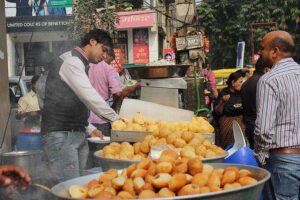
In every marketplace in India, you can find a vendor standing at the corner of a street with a four-wheeled cart with a stack full of golgappas in a glass container. The glass container has two compartments. One is full of suji (semolina) golgappas and the other one is full of atta (wheat flour) golgappas. To make a spicy golgappa the vendor mixes a lot of ingredients before serving it with imli ka pani.
The ingredients are stored in two large copper vessels with a big mouth. The ones served with boiled white peas along with imli ka pani become panipuri. On the other hand, if the filling is a mix of potatoes, chickpea, tangy and sweet water, mint, and spices, it becomes the golgappa. It’s the ingredients that the vendor mixes and serves with imli ka pani that makes a golgappa spicy.

A barometer to check whether the golgappa is spicy or not is to see if the ladies are sweating or not after gulping down a few of them. Also, if you hear them say “ Bhaiyaji thora pani aur dena” means that the spicy golgappa was a real treat and that the vendor may see them soon.
A golgappa lover however has to face a lot of challenges.
Whether to have a spicy atta golgappa or a suji one?
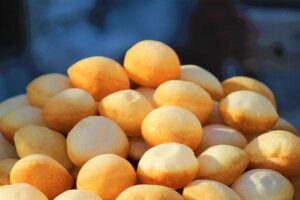
The world of golgappa is equally split between atta and suji. The atta golgappa lovers are fond of the crispiness in life and love to hear the cracking noise of a spicy golgappa in their mouths. On the other hand, the smooth texture of a suji golgappa appeals to its fans. A suji golgappa filled with mint water and chickpea mixture melting in the mouth satiates the soul of its fans to the core.
The monsoon season is a testing time for golgappa lovers. As the suji golgappas become soggy the fans try their hand at the atta variety. To consume an atta golgappa one has to open the mouth much wider as compared to a suji one. The suji fans feel that even their dentist didn’t force them to open their mouth so wide during the root canal treatment. But the tangy imli water and the white pea mixture along with a thickened imli paste test their loyalty toward the suji golgappas.

Over time, the golgappa lovers have evolved and ask for a mix of both atta and suji one in equal proportion. A big differentiator between men and women consuming golgappa is the last round. Men generally finish the closing round with a plain golgappa filled with saunth (thick imli paste). The ladies prefer additional sweet and tangy imli water in a paper bowl.
Having their favourite street food in a restaurant

Most of the Indian fast-food chains serve golgappas on popular demand. But a restaurant can never match the whole experience of having golgappas on a street corner. A restaurant serving is more like a “DIY” i.e. Do it yourself exercise. The golgappas are served on a plate with the imli pani in a glass and the chickpea, and aloo mixture in a bowl. You need to puncture a hole in the golgappa, fill it up with the mixture and top it up with the imli water.
The restaurant serving will help satiate your hunger pangs for a round of golgappa but will fail to satisfy your soul. One of the reasons is that while having it from a street vendor you also have the option to try some of the other popular dishes like papdi-chaat (crushed golgappa happens to be a part of its ingredient), aloo-tikki, dahi bhalla, samosa chaat, etc. A round of golgappa is incomplete until followed by papdi-chaat or dahi bhalla.
The longest queue at a food stall at a wedding party
If you visit a wedding party hosted by one of your family members or friends you will see a gamut of food stalls. Chinese, Indian, street food, a sweet corner, a salad corner, and many more. But the stall that witnesses the longest queue is the one that is serving golgappa and papdi-chaat. The vendor is surrounded by women dressed up in expensive silk sarees and pretty girls in colourful salwar suits. Men dressed up in suits with matching ties also wait patiently for their turn to have a spicy golgappa.

But having a golgappa in such a rush is prone to accidents. The atta golgappa heavily loaded with chickpeas and thick imli paste breaks midair like a Ukraine missile even before hitting the target leaving a large crater on the saree pallu. Emergency services are pressed in service. A lady accompanying her rushes to get a bottle of mineral water while another one draws a hand towel from her purse. Friendly advice comes from someone standing in the queue. Don’t put water, just leave it to dry and give it for dry cleaning.
A similar incident happens with one of the men dressed up in a navy-blue suit with a matching pink tie. In his case, it’s the tie that takes the fall saving the white shirt. The guy is not so much bothered. He takes his tie off, wraps it up, and puts it in his pocket before trying his luck on another food stall.
The hygiene conscious who loves to have a spicy golgappa with mineral water

The world of golgappa lovers also comprises the snooty lot. This lot is always worried about their health and generally avoids eating golgappas from the roadside vendor. They prefer to have it in a safe hygiene environment of a fast-food joint and end up savoring it in a “Do it yourself” format. Also being suspicious of the golgappa pani they prefer a filling of dahi or curd. A dahi-batasha with a thick imli paste doesn’t put your tastebuds on fire. Instead, it satiates your soul with the coolness of curd.
But ask a real golgappa lover and he will prefer to have it from a street vendor. Whether it’s the imli paani or a spicy golgappa filled with chickpea and aloo mix, a golgappa served by a vendor will always taste awesome.
The impact of spicy golgappa on the environment

The green activists advocate that golgappas are not environmentally friendly. People after having a spicy golgappa end up gasping for air making a ‘sisi-sisi’ noise. To neutralize the effect of spices mixed in the pani they breathe from their mouth releasing more CO2 into the environment. Apart from this, the “sisi-sisi” noise adds to the noise pollution.
The golgappa fans disagree saying that golgappas are good for health. They contend that it activates the tear glands keeping your eyes moist. Also, if one wants to check whether his or her taste buds still retain the power of tasting then it’s better to have a round of golgappas. People who lost taste during covid times tried this test to check if they have returned to normalcy.
You can read more such stories on my blog. Click on the following link:
Chole Bhature the desi Indian dish that beats a hamburger any day
Dal aur Chawal is an all time favourite combination of any foodie

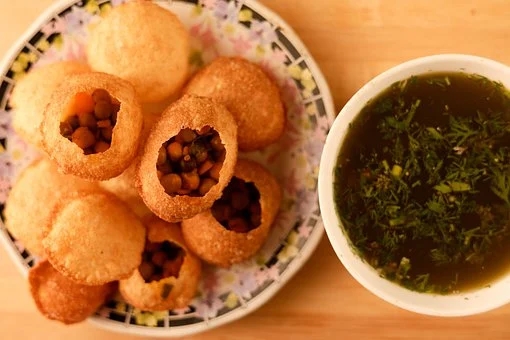





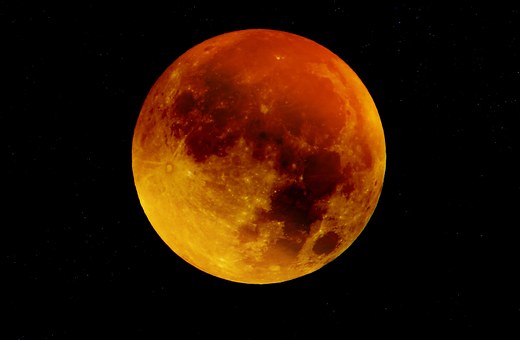
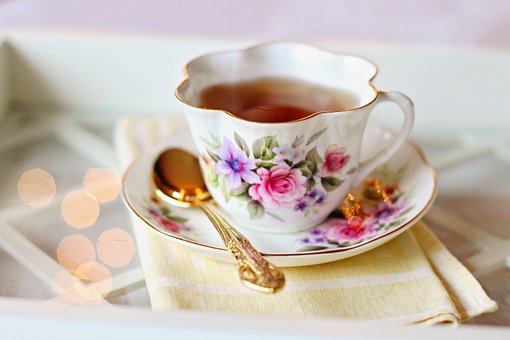



Comments
3 Comments
[…] A love affair with a spicy golgappa India’s favourite street food […]
[…] A love affair with a spicy golgappa India’s favourite street food […]
[…] A love affair with a spicy golgappa India’s favourite street food […]
Leave a Comment